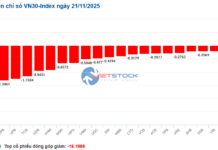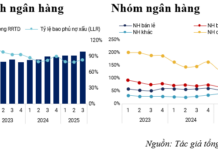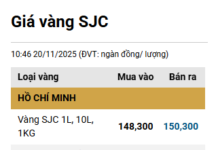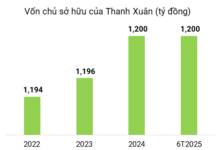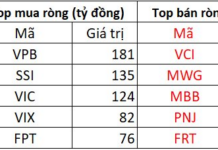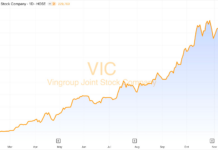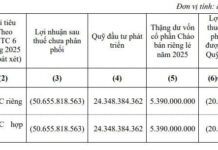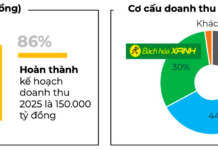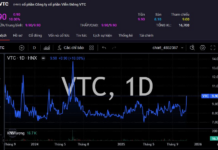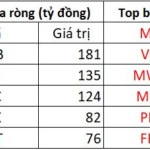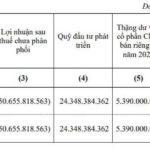
According to the latest data released by the Statistics Bureau, as of September 25, 2025, the total means of payment increased by 10.61% compared to the end of 2024 (same period last year: 4.55%); capital mobilization by credit institutions rose by 9.74% (same period last year: 4.17%); and credit growth in the economy reached 13% (same period last year: 8.09%).
During the first nine months of 2025, the State Bank of Vietnam (SBV) maintained its key interest rates while implementing measures to boost credit growth, channeling capital into production, business, and priority sectors that drive economic growth. In August, the average deposit interest rates in Vietnamese Dong for domestic commercial banks were as follows: 0.2% per annum for non-term and under 1-month deposits; 3.3-4.1% per annum for 1-month to under 6-month deposits; 4.6-5.5% per annum for 6-month to 12-month deposits; 4.9-6.1% per annum for over 12-month to 24-month deposits; and 6.8-7.3% per annum for deposits over 24 months.
The average lending interest rates for new and outstanding loans by domestic commercial banks ranged from 6.5% to 8.8% per annum. The average short-term lending rate in Vietnamese Dong for priority sectors was approximately 3.9% per annum, lower than the maximum short-term lending rate stipulated by the SBV (4% per annum).
The central exchange rate was managed flexibly, in line with market developments. As of September 30, 2025, the central exchange rate stood at 25,187 VND/USD, up 3.5% from the end of 2024. Vietcombank’s buying and selling rates were 26,176-26,446 VND/USD, increasing by 3.5-3.79% compared to the end of 2024.
Regarding social policy credit, as of September 30, 2025, the total disbursed capital for social policy credit programs reached 105.5 trillion VND, benefiting over 1.66 million poor households, near-poor households, and other policy beneficiaries since the beginning of the year. The total outstanding social policy credit balance was 398.1 trillion VND, up 8.3% from 2024, with over 6.73 million poor households, near-poor households, and other policy beneficiaries having outstanding loans.
– 09:41 06/10/2025
Governor Phạm Thanh Hà Outlines Future Monetary Policy Direction
The Deputy Governor affirmed that the State Bank of Vietnam will continue to proactively, promptly, and effectively manage monetary policy. Simultaneously, it will closely coordinate with fiscal and other macroeconomic policies to synchronously achieve the goals of inflation control, macroeconomic stability, and growth support.
ACB Set to Launch Exclusive Branded Gold Bars
On October 1, 2025, Asia Commercial Bank (HOSE: ACB) published its “Terms and Conditions for Buying and Selling Gold Bullion” on the ACB website, in compliance with Clause 8, Article 1 of Decree 232/2025, which amends and supplements Clause 4, Article 12 of Decree 24/2012. This regulation mandates that enterprises and credit institutions engaged in the buying and selling of gold bullion must publicly disclose customer rights and obligations on their electronic information pages or at their transaction headquarters.

